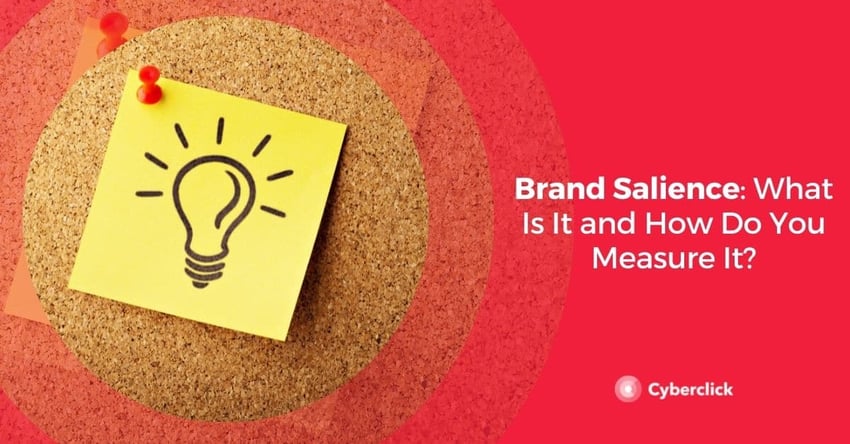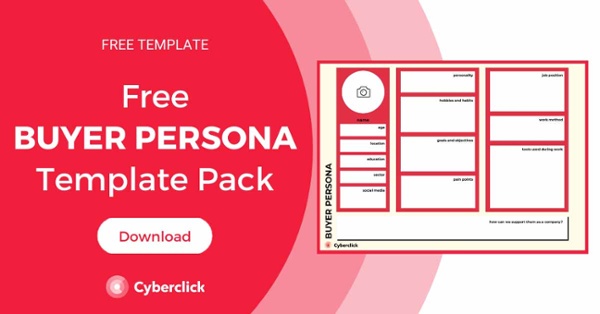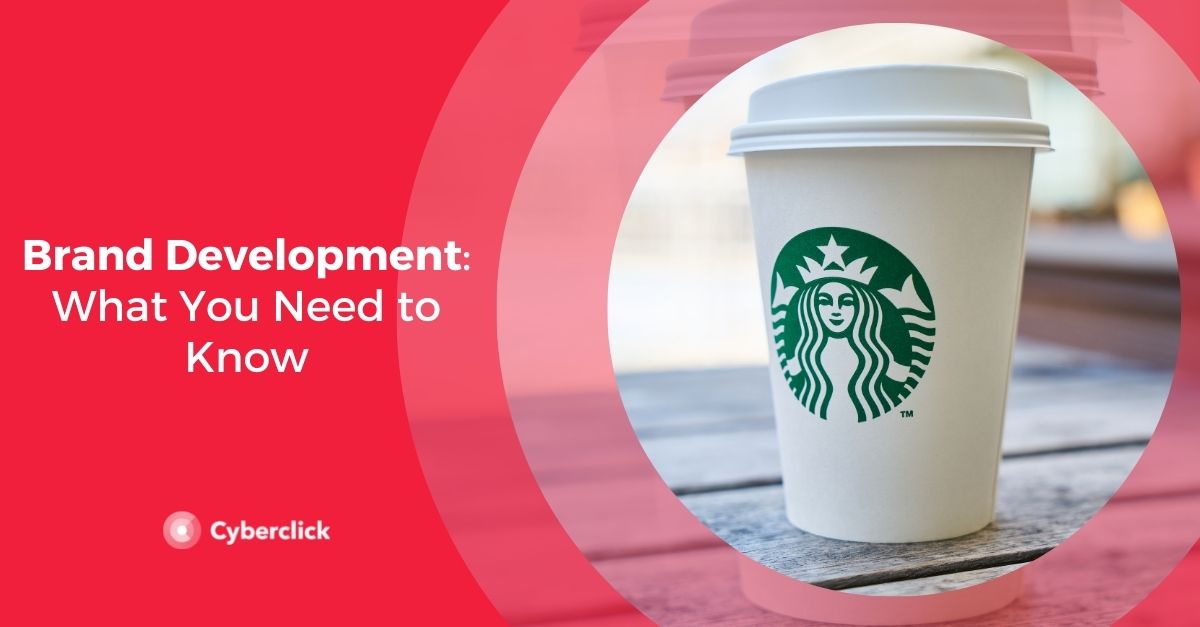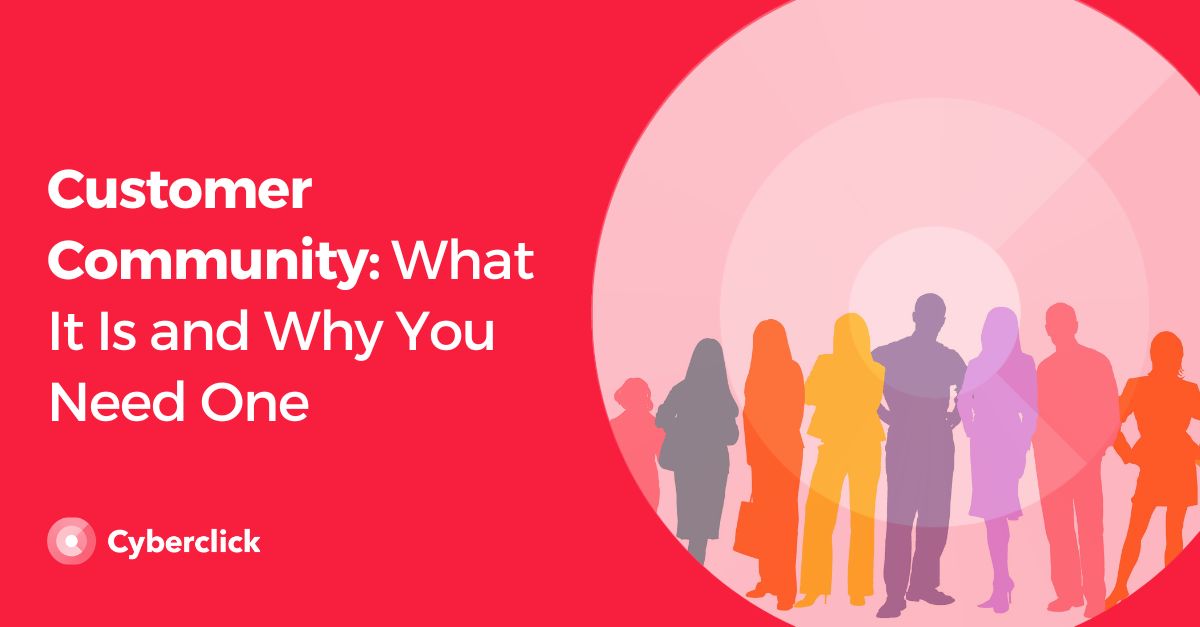Branding is one of the most important elements of any marketing plan. It represents your visual identity, and it helps potential customers understand who you are, what you represent, and what you have to offer. However, it’s not just a case of improving brand awareness, brand visibility, and brand recognition. You also need to focus on brand salience: how well people recognize, notice, or think about your brand when they're making purchasing decisions. The right brand salience strategy will help give you a competitive advantage and increase the chances that a consumer will make a purchase from you.
Let's take a closer look at what brand salience is, why it’s so important, and how you can measure it.

What Does Brand Salience Mean?
Brand salience is a marketing KPI that tells you how well people recognize, notice, or think about your brand when they make a purchase. If you have strong brand salience, then consumers think of you when they need to buy a product or service; you have become a household name. If you have weak brand salience, then consumers are probably not aware of who you are and don’t think of you when they need to make a purchase.
Brand Salience relies on two concepts: memory and attention.
- Memory salience: the mental network a brand has in a person’s mind as well as the mental availability of the brand.
- Attention salience: the ability of the brand to capture people’s attention.
Perhaps the most well-known example of brand salience is Google, as it is the first brand people most people think of when they want to search for information online. Another example might be Kleenex, which has become so salient that it often replaces the generic term for the product (tissues, in case you had forgotten).
Essentially, it’s about being distinctive enough to capture people’s attention, and being memorable enough for them to recall your brand when they need to make a purchase. It’s a blend of brand awareness, familiarity, relevance, frequent communication, and emotional connections between brand and consumer.
Why Is Brand Salience Important?
There are a number of reasons why brand salience is so important that go far beyond brand awareness.
Let’s take a look at the top reasons it can benefit your brand.
Emotion-Led Decision Making
Although most consumers would like to think that their purchase decisions are based on rational thinking and logic, according to experts, they are actually driven by the subconscious mind. In other words, consumers rely on feelings and emotions far more than they realize. This is because emotions provide consumers with mental shortcuts that facilitate brand decisions.
The prevalence of emotion-led purchasing behaviour is the driving force behind brand salience. If a consumer can recollect your brand and associate it with positive feelings and emotions, they are far more likely to pick you over another lesser-known brands.
Quantity and Quality of Memory Structures
The other factor which makes brand salience so effective is the quantity and quality of consumer memory structures.
This may sound complicated, but what it boils down to is the mental cues a consumer is driven by or the thoughts that are triggered in their minds when they consider your brand. The more memory structures your brand is linked to, the more likely they are to think of you when they make a purchase decision.
It’s not just the number of mental triggers your brand elicits though. The quality of these brand salience cues is also important. It’s all well and good to improve your brand awareness, but you want these associations to be positive, too. You want people to think of your brand as a solution that addresses their pain points. Brand salience will help you stay permanently visible by being exactly what your customers need, when they need it.
How to Measure Brand Salience
There is no mathematical formula or metric for measuring brand salience. Rather, it’s a case of researching your target market to find out if people are aware of your brand, and if they are, what they think of you.
The best way to do this is through surveys and focus groups. Ask consumers if they are aware of your brand, if they recall you when they make purchasing decisions, and whether they have formed positive or negative associations with your brand.
With the right questions, a survey or focus group will also help you determine how high your brand salience is compared to your competitors.
How to Improve Brand Salience
The best way to achieve brand salience is by focusing on your USP: what your brand has to offer and what makes you distinctive. You also need to design strategies that encourage positive associations in the minds of consumers. This usually involves positive storytelling and the creation of meaning. It also takes into account promoting values that make you stand out from your competitors.
Here are a few tips to get you started.
Think About the Emotional Impact of Your Brand
Making a positive emotional impact is the biggest driver of brand salience. Your marketing campaigns should be authentic, meaningful, and transmit value. Tell a story and try to elicit an emotional response from consumers. This will help them create a positive association with your brand and they will be more likely to remember you when it matters.
Find New Ways to Reach Potential Customers
Be creative and find new ways to connect with your audience and other potential customers. Experiment with new technology and redesign your marketing campaigns so that they are more relevant and emotional. Focus on creating new memory structures with potential buyers so that you expand your reach and become more relevant to your target audience.
The best way to do this is by researching your market. Make sure you understand the demographics of each segment of your audience. Who are they? What do they want? What are their pain points? Are you missing out on opportunities to connect with them?
Be Bold and Authentic
Don’t tell your audience what you think they want to hear. Instead, be authentic about who you really are and what your brand has to offer. And don’t be afraid to be different! That’s precisely what will help you stand out from the crowd. The more authentic you are, and the more transparent you are about your values and beliefs, the more likely you are to form an emotional connection with your target audience and achieve brand salience.
Responsable de la estrategia de contenidos y visibilidad en Cyberclick, con enfoque Allbound y especialización en posicionamiento SEO, GEO y automatización con IA. Gestión avanzada del CRM con HubSpot: base de datos, workflows, lead nurturing, scoring y reporting. Experiencia en marketing digital, comunicación corporativa y periodismo, uniendo estrategia, creatividad y tecnología para captar y convertir leads cualificados.
Responsible for content and brand visibility strategy at Cyberclick, with an Allbound approach and specialization in SEO, GEO (Generative Engine Optimization), and AI-powered automation. Advanced HubSpot CRM management: database segmentation, workflows, lead nurturing, scoring, and reporting. Background in digital marketing, corporate communications, and journalism—combining strategy, creativity, and technology to attract and convert qualified leads.




.jpg)

Leave your comment and join the conversation